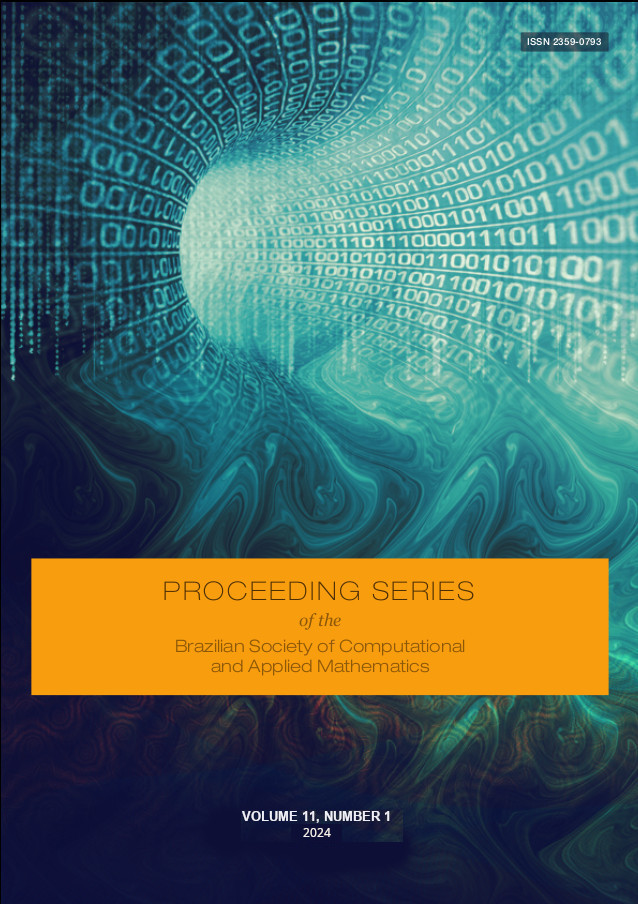Optimization of ECG signal delineation algorithms with discrete wavelet transform
Palabras clave:
ECG, Signal Delineation, Discrete Wavelet Transform, Cardiac DiagnosisResumen
Electrocardiogram (ECG) analysis is essential for diagnosing heart conditions, a major cause of death worldwide. Accurate identification of each heartbeat’s start and end via ECG’s PQRST points is crucial for assessing cardiac health. These points, including the P-wave’s onset and the T-wave’s offset, reveal vital details about heart function, such as depolarization and repolarization of the atria and ventricles. Precise measurement of these segments and intervals is key for detecting heart abnormalities. Open-source tools such as Neurokit assist in refining automated ECG analysis methods. Previous advancements in ECG signal processing have focused on R-peak detection and denoising using enhanced wavelet transform techniques. However, improving the accuracy of automatically segmenting ECGs, especially in long recordings, is crucial. Neurokit employs several techniques based on continuous and discrete wavelet transforms, but the need for predefined thresholds and parameters affects the identification of P-waves, QRS-complexes, and T-waves. The discrete wavelet transform (DWT) algorithm’s parameters, including wavelet function, decomposition level, and thresholding method for noise reduction, can be tuned for optimal results. Signal preprocessing parameters, such as filter types and cutoff frequencies, may also influence the performance of DWT-based algorithms. This work aims to enhance the accuracy of ECG segmentation algorithms. The QT Database, comprising over 100 15-minute two-lead ECG recordings from various sources, is utilized for evaluation. These recordings include annotations for P, QRS, T, and U wave onset, peak, and end markers. Each recording contains 30-50 selected beats, providing a comprehensive dataset for algorithm validation.
Descargas
Citas
O. Pahlm, and L. Sórnmo, “Software QRS detection in ambulatory monitoring–a review”. In: Med Biol Eng Comput 22.4 (July 1984), pp. 289–297.
D. Makowski, T. Pham, J. Z. Lau, J. C. Brammer, F. Lespinasse, H. Pham, C. Schölzel, and S. H. A. Chen. “NeuroKit2: A Python toolbox for neurophysiological signal processing”. In: Behavior Research Methods 53.4 (Feb. 2021), pp. 1689–1696.
L. Bernal, D. Stalder, and F. Morales. “Advances in ECG Signal Processing: Improved R-Peak Detection and Denoising Techniques for Accurate Cardiac Diagnosis”. In: XLII CN-MAC Proceeding Series of the Brazilian Society of Computational and Applied Mathematics. Vol. 10. 1. 2023, pp. 1–2.
J.P. Martinez, R. Almeida, S. Olmos, A.P. Rocha, and P. Laguna. “A wavelet-based ECG delineator: evaluation on standard databases”. In: IEEE Transactions on Biomedical Engineering 51.4 (2004), pp. 570–581.

